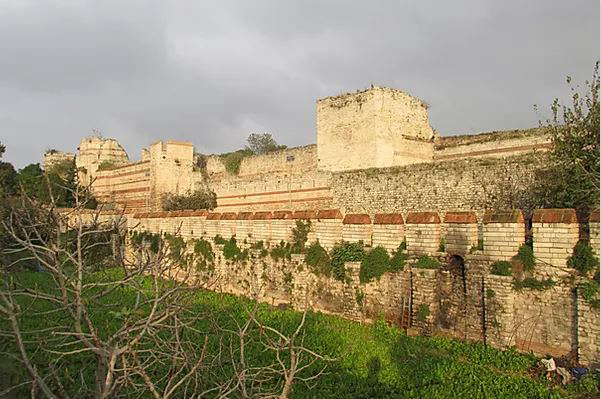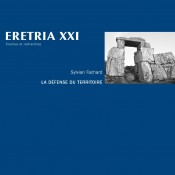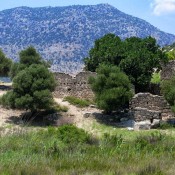Due to Covid19, the international workshop Muros et Moenia at Utrecht University has been moved to 29-30 October 2020.
Muros et Moenia: City Walls, Urban Boundaries, and the Articulation of the City in the First Millennium CE, International Workshop at Utrecht University, 29-30 October 2020
In the ancient, late antique, and the early medieval worlds, city walls both projected strength and indicated insecurity. These impressive and prominent constructions dominated the urban landscape and oriented the movement of citizens. Likewise, these enclosures sought to delineate those who did and did not belong, physically marking the inclusion of its citizens as well as signifying the exclusion of whoever and whatever threatened to harm the physical, symbolic, and ritual integrity of the city. City walls were visible from afar, drawing visitors in and advertising the city’s status from a distance. At the same time, the wall’s overlapping layers of legal, ritual, and symbolic significance structured narrative and normative texts across these epochs.
This international workshop seeks to bring together an international and interdisciplinary group of scholars to work on these interrelated aspects of ancient and early medieval walls in the Mediterranean and northwestern Europe throughout the first millennium CE. Our keynote address will be given by Dr. Hendrik Dey, and our confirmed speakers include Dr. Rachele Dubbini, Dr. Penelope Goodman and Prof. Nicholas Purcell. We invite proposals for 20 minute papers from specialists working in various disciplines, including archaeology, history, literary studies, and art history. This workshop will examine the commonalities and discrepancies across these disciplines, both in terms of their methodological and theoretical approach as well as querying the extent to which city walls functioned in a variety of different contexts present throughout the ancient and medieval world.




